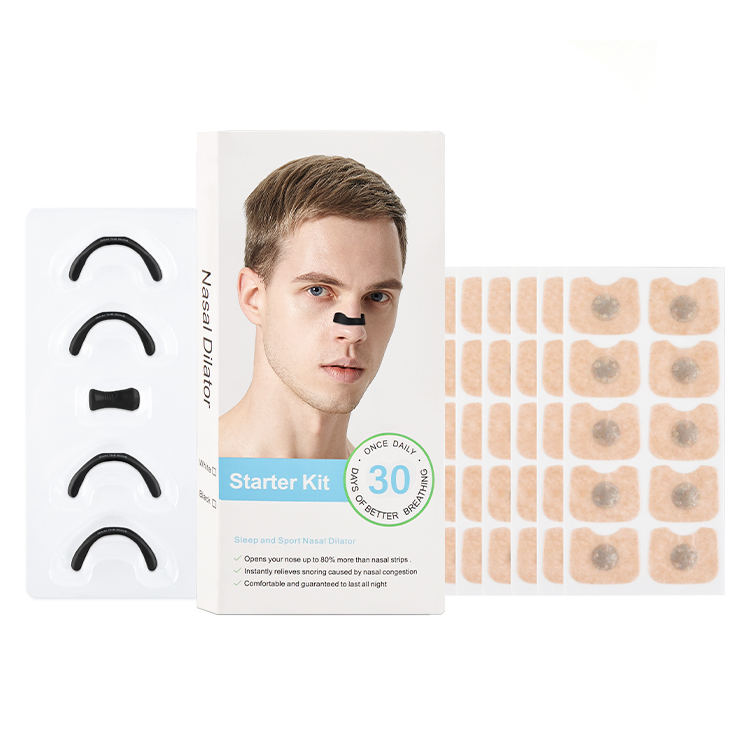Yes, “muscle pain relief tape,” known as Kinesiologie tape, is widely used by physical therapists and athletes to relieve muscle pain. Still, its effectiveness depends on the type of pain, technique, and underlying cause.
What is the best tape for muscle pain?
The best tape for muscle pain is kinesiology tape (also known as muscle pain relief strips, sports strips for pain, or muscle relief tape).

Why is Kinesiology Tape Best for Muscle Pain?
Unlike rigid, witte atletische band used to immobilize joints and restrict movement, muscle pain relief tape is highly elastic and mimics the properties of human skin. This allows it to provide support and pain relief while allowing free movement. Its benefits for muscle pain are based on several actions:
Pijnverlichting: The muscle pain relief tape applies a specific tension that is said to lift the skin gently. This reduces pressure on the underlying tissue, relieves pain receptors, and may block pain signals sent to the brain.
Enhanced Circulation: Lifting also allows blood and lymphatic fluid to circulate. This helps reduce swelling and inflammation, which are significant causes of muscle pain.
Muscle Support and Activation: Depending on the specific application, muscle pain relief tape can support sore or strained muscles without restricting their range of motion. Physical therapists can also use it to help activate or retrain weak muscles struggling to function properly.
Improved Proprioception: Muscle pain relief tape provides continuous sensory feedback to the brain, enhancing your awareness of muscle position and movement. This can help you avoid further strain and promote healthier movement patterns.
Key Factors to Consider When Choosing Muscle Pain Relief Tape
Hechting: If you’re an athlete or sweat frequently, choose Aupcon tape, which has strong adhesion and is waterproof.
Material: Aupcon offers three tape materials: popular katoen, synthetisch, En nylon, with medical-grade adhesive for added comfort and safety on sensitive skin.
Voorgesneden kinesiologische tape vs kinesiology tape roll: Pre-cut tape has pre-cut edges and is very convenient for immediate application. However, if you plan to use tape frequently, a large roll is more cost-effective, allowing you to cut strips of kinesiology tape roll in various sizes and shapes for different application methods.
When should you not use muscle pain relief tape?
In some cases, you shouldn’t use muscle pain relief tape (Kinesiology Tape)—especially if there’s a potential risk of skin irritation, infection, or a more serious condition. While it’s generally safe, it’s essential to use it cautiously.
Open wounds or abrasions: Never apply muscle pain relief strips directly to cuts, scrapes, or open sores. Tape can harbor bacteria, increase the risk of infection, and slow the healing process.
Skin irritation: If you have a skin condition like a rash, eczema, or psoriasis, or are prone to adhesive allergies, avoid using muscle pain relief strips. It can worsen skin irritation. If unsure, test it on a small area of your skin first.
Delicate Skin: For those with very thin or fragile skin, such as older people, removing the tape may cause tears or blisters.
Samenvatting
Muscle pain relief tape is the best choice for most muscle pain (soreness, strains, swelling) because it offers support, flexibility, and durability. Always combine kinesiology tape with rest, ice, and stretching for long-term recovery!

